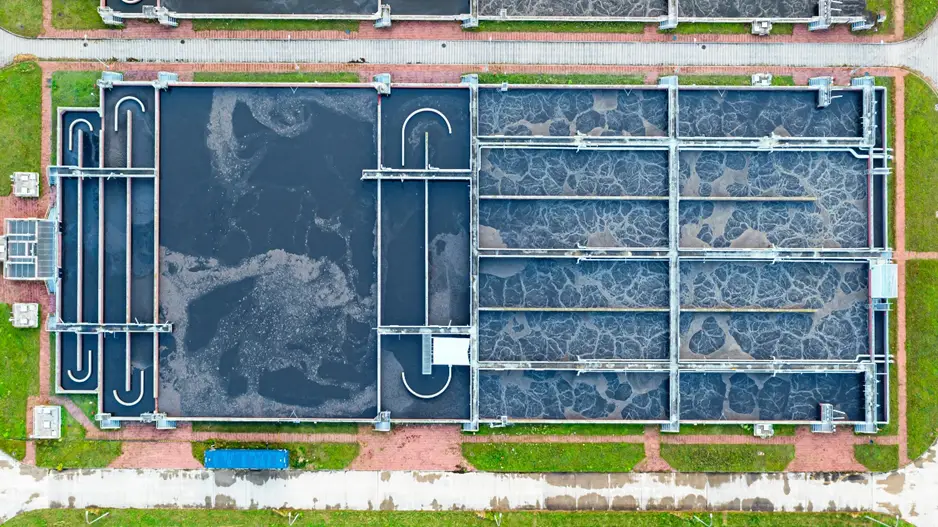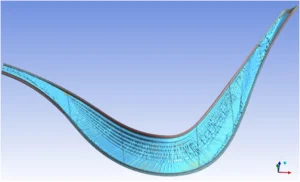Introduction
The water feature in this project is designed to resemble a crescent-shaped seashell. It incorporates headers with nozzles, arranged along the periphery to distribute water over the bottom ripple surface. This CFD study aims to evaluate the effectiveness of this design in achieving a uniform water distribution across the rippling surface.
Objective
The objectives of the CFD analysis are to:
- Verify if the current design, including the shape of the bottom ripple surface, nozzle quantity, nozzle locations, and water flow rates, effectively covers most of the bottom ripple surface with moving water.
- Ensure that the water cascades smoothly down the ripples
To achieve these goals, a multiphase CFD analysis was conducted using Ansys Fluent CFD software.
Modeling and Analysis
- A 3D model of the water feature was built using the 2D drawings provided which capture the intricate details including the surface roughness of the water feature.
- CFD Analysis was carried out with the provided flow rate, and header with the number of designed nozzles.
- The surface roughness of the water feature was also captured in the model.
- Upon completion of the simulation, it was found that the velocity profiles from the nozzle flow across the inclined surfaces and found that the majority of the bottom surface was covered with water flow.
- The central regions remained uncovered due to large curvature distance.
- Mechartes proposed various recommendations including a reduction in the flow rates and an increase on the nozzle to make sure that there is even flow distribution across the feature.
- Additional simulations were carried out with the design modifications and it was found that the design objective of uniform flow was met.




